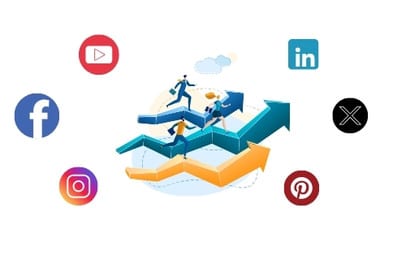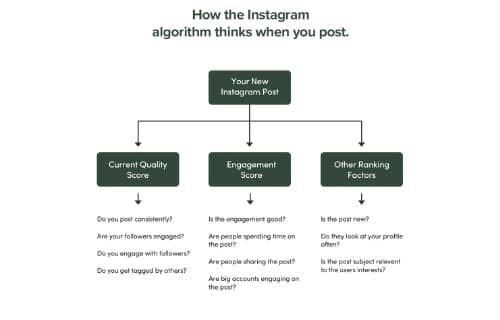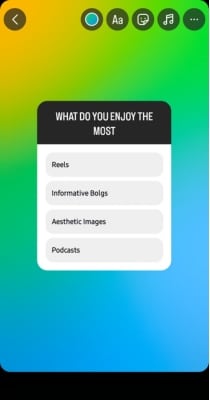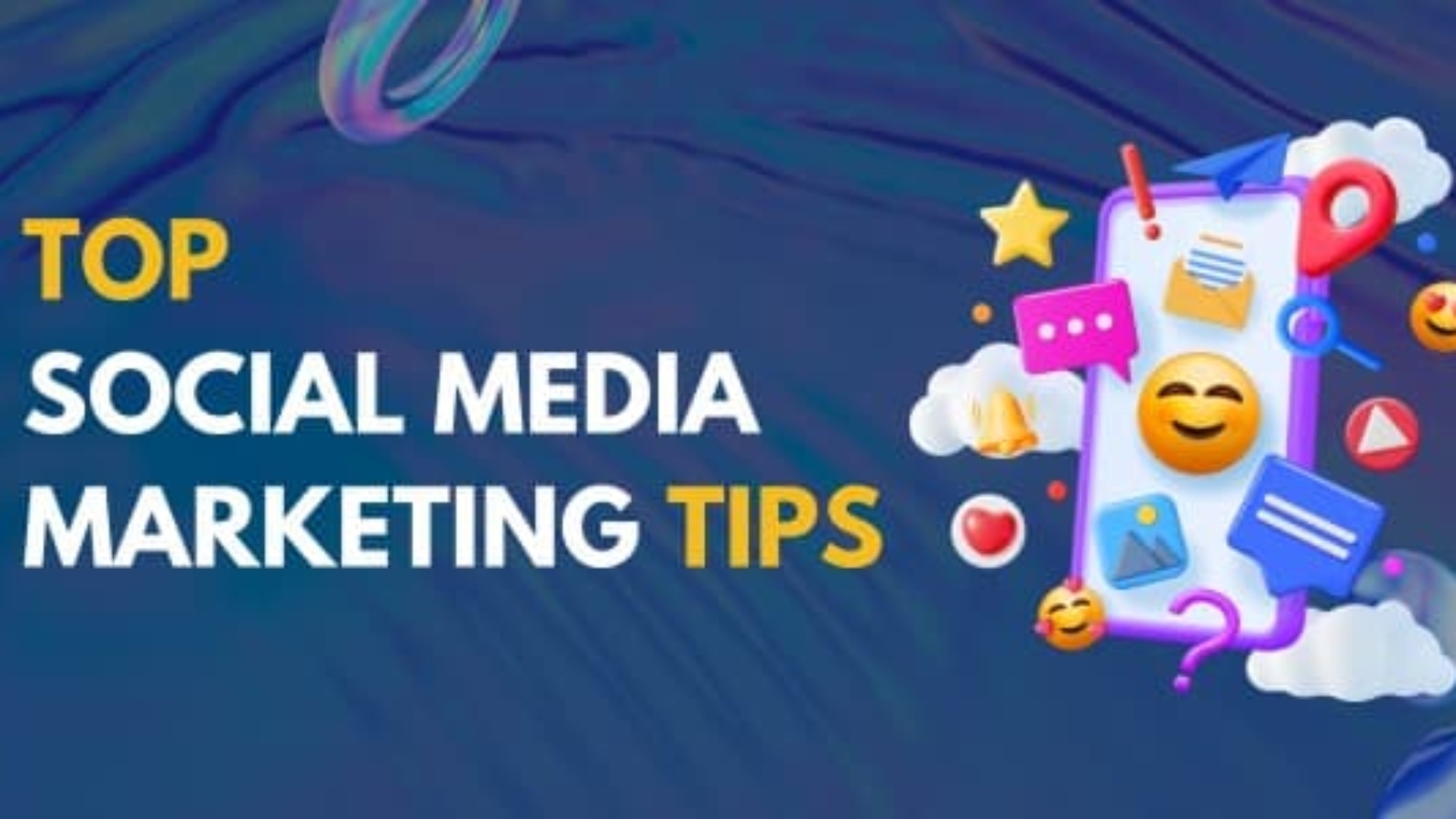Social media has evolved from a casual networking tool to a powerhouse of global influence. By 2025, it’s projected to play an even more critical role in shaping consumer behaviour, brand loyalty, and business growth. For companies to thrive, staying ahead of trends and adopting cutting-edge strategies is non-negotiable. In this blog, we’ll explore actionable social media marketing tips for 2025, decode how these platforms work, and reveal how to leverage them to grow your business.
What Is Social Media?
Social media consists of online platforms that allow users to create, share, and engage with content. From text and images to videos and live streams, these platforms foster real-time communication and community-building. What started as a space for personal connections (think MySpace and early Facebook) has transformed into a dynamic ecosystem where brands, influencers, and consumers coexist.
In 2025, social media will transcend its current form, integrating advanced technologies like AI-driven content generation, augmented reality (AR) shopping experiences, and hyper-personalized algorithms. Imagine scrolling through a feed where posts adapt to your mood in real time or trying on clothes virtually through a brand’s Instagram filter. These innovations will make social media not just a marketing tool but a seamless extension of daily life.
How Social Media Helps Businesses Grow

Social media isn’t just about posting updates—it’s a growth engine. Here’s how it drives success in granular detail:
- Brand Awareness: Cutting Through the Noise- With 4.9 billion global social media users by 2025, platforms offer unparalleled reach. For example, a small eco-friendly clothing brand can use the Instagram Reel algorithm to showcase sustainable practices through viral behind-the-scenes videos. Consistency and creativity are key: brands like Glossier and Gymshark built empires by turning social media followers into loyal communities.
- Customer Engagement: Building Trust in Real Time- Direct interaction through comments, polls, and DMs builds trust. Take Starbucks’ #RedCupContest: users share photos of their holiday cups, fostering a sense of belonging. Engaged customers are 60% more likely to recommend brands, turning followers into brand ambassadors.
- Traffic and Lead Generation: Turning Scrollers into Buyers- Strategic CTAs (calls to action) in bios, posts, and Stories funnel users to websites. For instance, a fitness influencer linking a “Get 50% Off My Training Plan” in their Instagram bio can drive instant sales. Platforms like Pinterest now offer shoppable pins, reducing the steps between discovery and purchase.
- Cost-Effective Advertising: Precision Over Guesswork- Unlike billboards or TV ads, platforms like Meta and TikTok allow micro-targeting. A local bakery can run a Facebook ad targeting users within 10 miles who follow food blogs, ensuring every dollar spent reaches potential customers.
- Data-Driven Insights: The Backbone of Strategy- Tools like Instagram Insights and Hootsuite Analytics reveal which posts drive clicks, shares, or drop-offs. For example, a beauty brand might notice that tutorials outperform product shots, prompting a content pivot.
Key Social Media Platforms to Watch in 2025: Where to Invest

While giants like Instagram and Facebook remain relevant, emerging platforms are reshaping the game:
- LinkedIn: B2B’s Secret Weapon: LinkedIn isn’t just for resumes. With features like LinkedIn Live and Newsletter, businesses can position themselves as thought leaders. A SaaS company, for instance, can share case studies via carousels to attract enterprise clients.
- YouTube: The Long-Form Content Giant: Video is king—long-form tutorials, product demos, and vlogs thrive here. MrBeast’s philanthropic stunts and Sephora’s makeup masterclasses show how storytelling drives engagement. In 2025, offering brands dual-format opportunities.
- Emerging Platforms: VR and Niche Communities: Virtual reality platforms like Meta’s Horizon Worlds will host virtual product launches, while apps like Discord and Reddit will cater to niche audiences. Imagine hosting a VR sneaker drop where users “try on” digital designs before buying.
- Twitter (X): Real-Time Relevance: Twitter’s rebrand to “X” hints at ambitions to become an “everything app.” Brands that leverage real-time updates (e.g., breaking news reactions or trending hashtags) stay top-of-mind.

Building a Winning Social Media Strategy for 2025
A robust social media strategy is the backbone of digital success. Here’s how to craft one that aligns with 2025’s evolving trends:
1. Set SMART Goals
SMART goals (Specific, Measurable, Achievable, Relevant, Time-bound) ensure clarity and accountability. For example:
- Specific: “Increase Instagram followers by 30% in Q1.”
- Measurable: Track growth using analytics tools.
- Achievable: Allocate resources for content creation and ads.
- Relevant: Align with broader business objectives (e.g., brand awareness).
- Time-bound: Set a clear deadline to stay focused on your goals.
- Without SMART goals, efforts become scattered. In 2025, AI-powered tools like ClickUp or Asana can automate progress tracking and suggest adjustments.
2. Audience Research
Understanding your audience is non-negotiable. Use tools like Google Analytics, Meta Audience Insights, or SparkToro to:
- Identify demographics: Age, gender, and location.
- Uncover psychographics: Values, hobbies, pain points.
- Analyze behavioural data: How users interact with your content.
- Create buyer personas (e.g., “Eco-conscious Emily, 28, urban dweller, shops sustainably”). Tailor content to their preferences, such as using Reel for Youngstar or LinkedIn for B2B decision-makers.
3. Content Planning
A balanced content calendar is key. Follow the 50-30-20 rule:
- 50% educational: How-tos, industry insights, tutorials.
- 30% entertaining: Memes, challenges, behind-the-scenes.
- 20% promotional: Sales, product launches.
- Prioritize video content, which dominates engagement. Tools like Canva or Adobe Premiere Rush streamline design, while AI tools like ChatGPT, Deepseek and Grok AI can brainstorm ideas.
4. Platform Selection
Concentrate on 2 to 3 platforms where your audience regularly engages. For example:
- B2B: LinkedIn + YouTube.
- Youngster: YouTube Shorts + Instagram Reels.
- Niche communities: Reddit or Discord.
- In 2025, emerging platforms like VR spaces (e.g., Meta Horizon Worlds) may offer unique opportunities for immersive experiences.
5. Monitor and Adapt
Agility is critical. Track metrics like:
- Engagement rate (likes, comments, shares).
- Click-through rate (CTR) for links.
- Conversion rate (e.g., sales or sign-ups).
- Monitor performance using tools like Hootsuite or Sprout Social. If a tactic fails, pivot quickly to trending formats like AI-generated video clips.
How Social Media Marketing Works
1. Profile Optimization

Your profile is your digital storefront. Optimize it by:
- Crafting keyword-rich bios: “Vegan skincare brand | Cruelty-free, sustainable beauty.”
- Using high-quality visuals: Cohesive logos, banners, and colour schemes.
- Include clear CTAs Such as “Shop now” or “Join our newsletter.”
2. Content Creation

Diversify formats to cater to short attention spans:
- Short-form video: Reels, Instagram Stories.
- Long-form video: YouTube tutorials, webinars.
- Interactive posts: Polls, quizzes, AR filters, Infographics (e.g., Sephora’s virtual try-on).
- AI tools like Descript or Runway ML can auto-edit videos or generate captions.
3. Engagement

Authentic interaction builds trust. Strategies include:
- Responding to comments within 2 hours.
- Hosting live Q&A sessions to humanize your brand.
- Collaborating with micro-influencers (10k–50k followers) for relatable endorsements.
- Example: Glossier’s success stems from turning customers into a community through user-generated content.
4. Paid Advertising

Precision targeting maximizes ROI:
- Demographics: Age, location, job title.
- Interests: Fitness, tech, sustainable living.
- Behaviour: Past purchases, app usage.
- A/B test ad creatives (e.g., video vs. carousel) and use retargeting ads to re-engage website visitors.
5. Analytics

Data guides smarter decisions. Track:
- Reach: How many users saw your post?
- Engagement rate: Likes, comments, shares.
- ROI: Revenue generated from campaigns.
- Platforms like Google Analytics and Dash Hudson offer deep insights.
Defining the Right Audience
1. Demographics
Start with the basics:
- Age: A Gen Alpha-focused brand might prioritize Reel.
- Gender: A men’s grooming brand that targets males aged 18–35.
- Location: A local café targets users within 10 miles.
2. Psychographics
Dive into motivations:
- Values: Sustainability, inclusivity.
- Lifestyle: Busy professionals vs. stay-at-home parents.
- Example: Patagonia targets eco-conscious adventurers willing to pay a premium for ethical products.
3. Behavioral Data
Analyze actions:
- Purchase history: Target repeat buyers with loyalty programs.
- Online activity: Engage users who watch 75% of your videos.
- Tools like Meta Pixel track user behaviour across platforms.
Boosting Reach and Competing Effectively
1. Algorithm Mastery

- Post timing: Use tools like Later to schedule posts during peak hours (e.g., 7–9 PM).
- Trending sounds/hashtags: Jump on viral trends but add a unique spin.
- Example: Chipotle’s #GuacDance campaign combined an Instagram Reel trend with a promo, driving 250k video creations.
2. Trend Adoption
Stay culturally relevant:
- Viral challenges: Create branded versions (e.g., Nike’s #RunIt challenge).
- Real-time marketing: React to events (e.g., Oreo’s “Dunk in the Dark” tweet during a Super Bowl blackout).
3. Competitor Analysis
Use tools like Social Blade or SEMrush to:

- Identify rivals’ top-performing content.
- Spot gaps (e.g., untapped platforms or content types).
- Example: If competitors neglect LinkedIn, dominate it with thought leadership posts.
4. Community Building
Foster loyalty through:
- Branded hashtags: GoPro’s #GoProAwards encourages user-generated content.
- Exclusive groups: Facebook Groups or Discord servers for superfans.
Social Media Marketing Efforts That Deliver Results
1. Interactive Content

Engage users with:
- Polls: “Which product should we launch next?”
- AR filters: IKEA’s app lets users visualize furniture at home.
- Quizzes: “What’s your skincare personality?”
2. Influencer Partnerships
Nano-influencers (10k–50k followers) offer:
- Affordable rates: 100–100–500 per post vs. 10k+ for macro-influencers.
- Higher engagement: Followers view them as peers, not celebrities.
3. Personalization

Leverage AI for:
- Dynamic ads: Show users the products users viewed but didn’t buy.
- Chatbots: Sephora’s bot offers personalized makeup tips.
4. Sustainability Messaging
Highlight eco-friendly practices:
- Campaigns: Patagonia’s “Don’t Buy This Jacket” urged mindful consumption.
- Transparency: Share supply chain details.
Stay Ahead or Get Left Behind
Social media in 2025 will demand agility, creativity, and authenticity. By understanding your audience, leveraging emerging platforms, and refining strategies with data, your business can dominate the digital space. Start experimenting now—test new formats, embrace AI tools, and prioritize relationships over sales pitches. The future of marketing is here, and it’s time to make your mark.
FAQ
1. Why are SMART goals critical for social media strategies?
SMART goals (Specific, Measurable, Achievable, Relevant, Time-bound) provide clarity and accountability. They ensure focused efforts, avoid vague targets, and allow progress tracking using tools like Asana or ClickUp.
2. How do I choose the right social media platforms for my business?
Concentrate on 2 to 3 platforms where your audience regularly engages. For instance:
- B2B: LinkedIn and YouTube for thought leadership.
- Gen Z: YouTube Shorts and Instagram Reels.
- Niche audiences: Discord or Reddit.
- Use tools like SparkToro to analyze demographics and behavioural trends.
3. Why is video content so important in 2025?
Video drives 85% of user engagement, per marketers. Short-form videos cater to short attention spans, while long-form content (YouTube tutorials) builds authority. AI tools like Runway ML can streamline editing for efficiency.
4. How can AI tools improve social media marketing?
AI enhances:
- Content creation: ChatGPT and DeepSeek are used to brainstorm ideas.
- Analytics: Predictive insights for campaign adjustments.
- Personalization: Chatbots for tailored recommendations (e.g., Sephora’s shade-matching bot).
5. Why is social media marketing important for businesses?
It enhances brand visibility, increases website traffic, builds customer relationships, and allows for direct engagement with the audience. With over 4.9 billion people using social media worldwide, it has become an essential channel for growth.
6. How do I choose the right social media platforms for my business?
Focus on where your target audience spends time. B2B companies often thrive on LinkedIn, while visual brands excel on Instagram or TikTok. Analyze demographics and platform strengths.
7. What type of content performs best on social media?
Mix educational, entertaining, and promotional content. Use videos, carousels, infographics, polls, and user-generated content (UGC) to keep audiences engaged.
8. What’s the difference between organic and paid social media reach?
Organic reach is free, achieved through unpaid posts, while paid reach uses ads to target specific audiences. Paid campaigns often yield faster, scalable results.
9. How can I increase engagement on my posts?
Ask questions, run polls, reply to comments, use hashtags strategically, and post interactive content (e.g., quizzes) and infographics. Consistency and authenticity also drive engagement.
10. What’s the role of AI in social media marketing?
AI tools such as ChatGPT, DeepSeek and Grolk AI are capable of generating creative content ideas and engaging captions, analyzing sentiment in comments to better understand audience reactions, and personalizing advertisements based on use behaviour to enhance marketing effectiveness.




Add a Comment